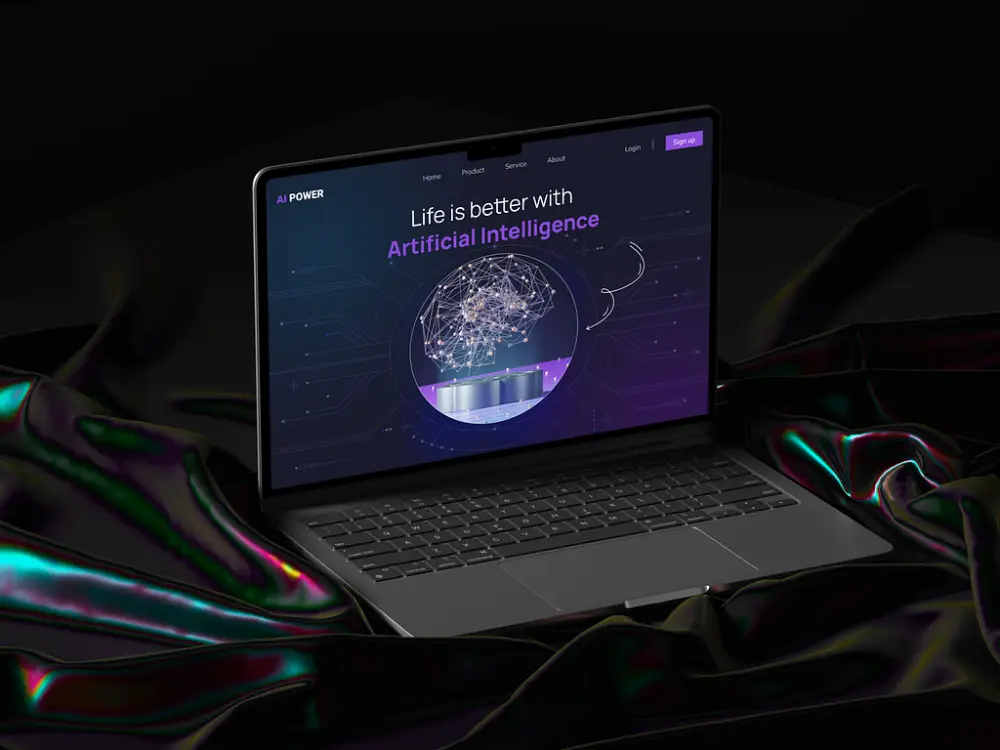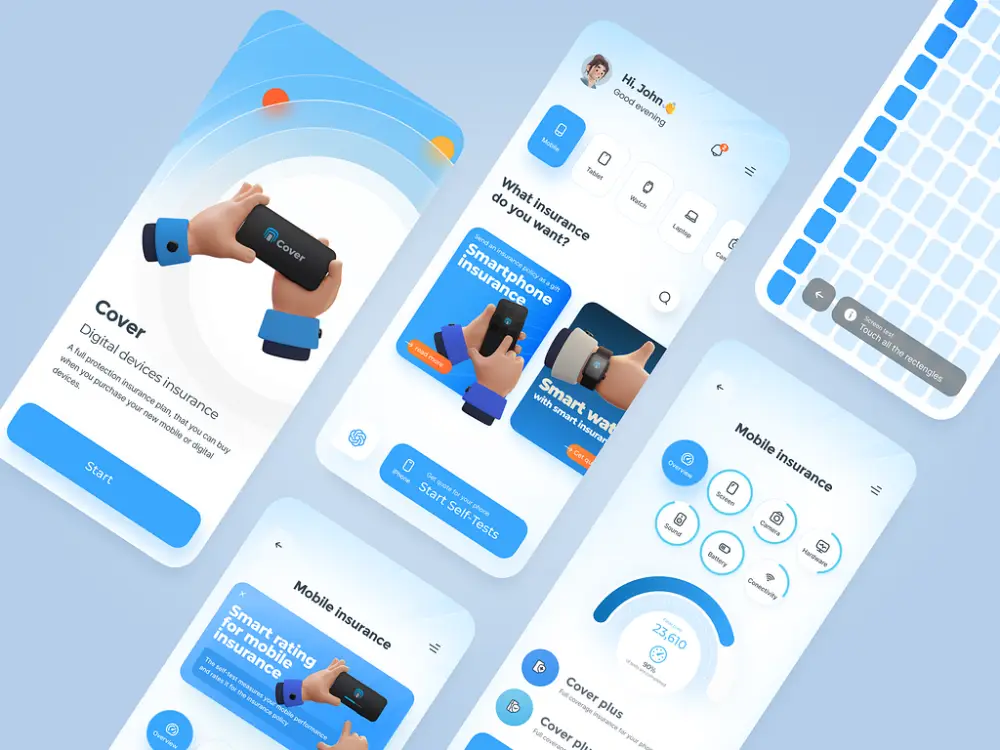What is Auto GPT and How Can It Transform Industries
- Potter Le
- 0 Comments
Auto-GPT has quickly become popular in the media, becoming a major conversation topic on social media platforms right after ChatGPT. It has drawn attention from the Artificial Intelligence community and people with various other interests.
This post will answer the question, “What is AutoGPT?” By the end of this guide, you will understand how it works and be ready to use it on your own system.
What is Auto GPT?
AutoGPT is an open-source artificial intelligence agent developed atop the GPT-4 language model framework. This agent is designed to autonomously execute a sequence of tasks, effectively piecing them together to fulfill a comprehensive goal specified by the user. It simplifies the otherwise complex process of multi-step prompting necessary for operating chatbots like ChatGPT. It allows the user to input a single prompt or a set of natural language instructions.
Auto-GPT then strategically breaks down the overarching goal into smaller, actionable tasks to achieve the set objective. The creation of Toran Bruce Richards, Auto-GPT is available for public download on GitHub and requires installation on a containerized development platform, such as Docker, coupled with registration using an OpenAI API key for functionality.
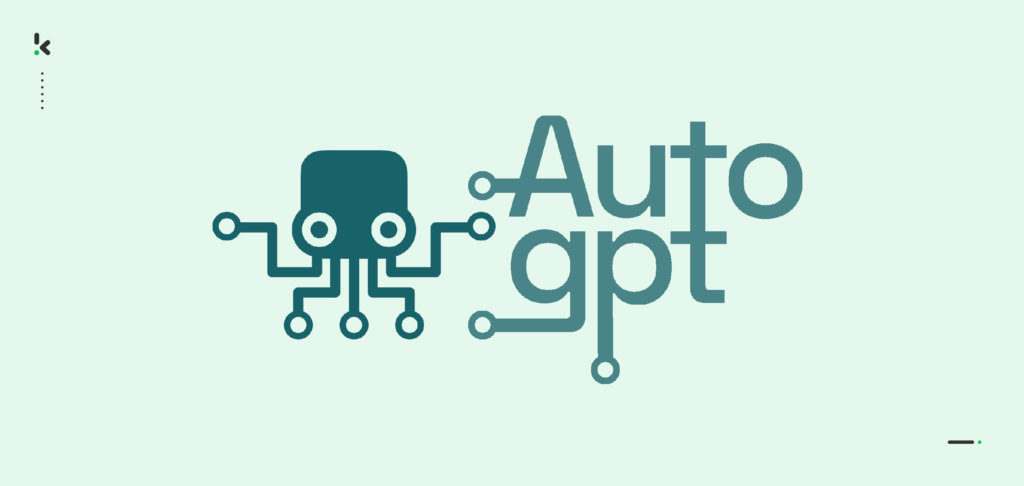
More ChatGPT-related articles:
How Does Auto-GPT Work?
Auto-GPT works by using a complex system that allows it to automatically carry out a series of tasks to achieve a bigger goal the user sets. Here’s a more detailed of how does Auto-GPT work:
1. Receives Input
The operation begins when Auto-GPT receives a prompt or a set of instructions in natural language from the user. This input outlines the goal that Auto-GPT aims to achieve.
2. Breaks Down Goal
Central to Auto-GPT’s functionality is its ability to dissect the user’s overarching goal into smaller, more manageable subtasks. This step is essential for addressing complex objectives that necessitate a multi-step approach.
3. Generates and Organizes Tasks
Following the goal’s breakdown, Auto-GPT generates specific tasks that must be completed to reach the final objective. It then organizes these tasks logically, determining the most efficient order for their execution.
4. Executes Tasks
Auto-GPT proceeds to execute the organized tasks. During this phase, it can perform internet searches, interact with files, and manage its workflow autonomously, keeping track of ongoing tasks. This execution phase is dynamic, with Auto-GPT capable of adjusting its actions based on the results of previous tasks.
5. Gathers and Applies Information
Throughout its operation, Auto-GPT collects data relevant to its tasks. It uses this information to refine its strategies and improve the accuracy of its outputs. This iterative process allows Auto-GPT to adapt and enhance its approach to meet the user’s goal better.
6. Learns and Adapts
Utilizing the GPT-4 language model as its cognitive foundation, Auto-GPT AI learns from its interactions and experiences. It employs long-term and short-term memory to retain information pertinent to its tasks, applying this knowledge to improve its performance over time.
7. Achieves Objectives
The sequential execution of prioritized tasks leads to accomplishing the larger goal set forth by the user. Auto-GPT’s ability to navigate through these steps independently, without requiring further input from the user after the initial prompt, highlights its advanced autonomous capabilities.
Have a Project Idea in Mind?
Get in touch with experts for a free consultation. We’ll help you decide on next steps, explain how the development process is organized, and provide you with a free project estimate.
Applications of Auto GPT
Here are some AutoGPT use cases to get a better idea of how it is being used in practice:
Product Development: AutoGPT assists in product development’s creativity and design phases by generating innovative ideas and identifying potential improvements for existing products. It can automate parts of the research process, helping teams to gather relevant information and insights quickly.
Supply Chain Optimization: In supply chain management, AutoGPT optimizes logistics and operations. It can analyze vast amounts of data to identify inefficiencies and suggest improvements, such as route optimization for deliveries or inventory management strategies.
Virtual Assistant Services: AutoGPT powers advanced virtual assistants that can handle various tasks, from scheduling meetings to answering customer inquiries. These AI-driven assistants improve customer service and operational efficiency by automating routine interactions.
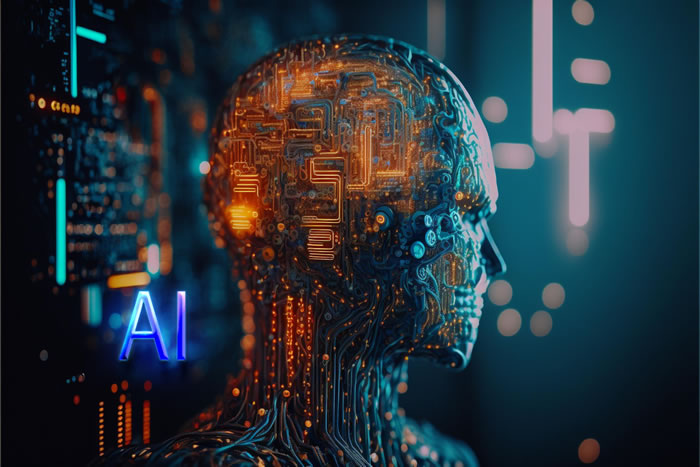
Legal Research: Legal professionals leverage AutoGPT to automate parts of the legal research process. It can sift through large volumes of legal documents to find relevant case law, statutes, and precedents, saving time and enhancing the accuracy of legal analyses.
Market Research and Analysis: Companies use AutoGPT to conduct comprehensive market research and analysis. It can analyze social media, news articles, and other online sources to gather insights about market trends, consumer preferences, and competitive landscapes.
Automated Web Browsing and Task Completion: AutoGPT automates web browsing tasks like data collection and form submissions. This application is particularly useful for businesses that regularly gather data from various online sources.
Research Assistant: Academics and researchers use AutoGPT as a virtual research assistant. It helps in literature reviews by summarizing articles, identifying key studies, and suggesting potential areas for further investigation.
Content Creation: AutoGPT aids in content creation for blogs, social media, and marketing materials. It generates creative and engaging content based on specified themes or keywords, helping content creators maintain consistency.
Investment Analysis: AutoGPT is used for investment analysis in the financial sector. It examines market trends, performs sentiment analysis on financial news, and predicts stock performance, assisting investors in making informed decisions.
Benefits and Limitations of Auto-GPT
Benefits of AutoGPT
- Enhanced Productivity: AutoGPT automates and accelerates the completion of tasks that would otherwise require significant human effort and time, such as content creation, coding, and data analysis. This automation allows teams to focus on more complex, creative, or strategic tasks.
- Cost Efficiency: By automating routine and repetitive tasks, businesses can reduce the need for manual labor in certain areas, leading to wage savings and the ability to allocate resources more effectively toward growth and innovation.
- Improved Accuracy and Consistency: AutoGPT’s ability to process and analyze large volumes of data with minimal errors can enhance the accuracy of tasks like market research, sentiment analysis, and content generation, ensuring consistency across outputs.
- Accessibility to Non-Experts: Tools like AutoGPT democratizes access to advanced AI capabilities, enabling individuals and businesses without deep technical expertise or coding skills to leverage the power of AI for various applications.
- Innovation and Competitive Advantage: By integrating AutoGPT into their operations, businesses can innovate faster, develop new solutions, and maintain a competitive edge in rapidly evolving markets.
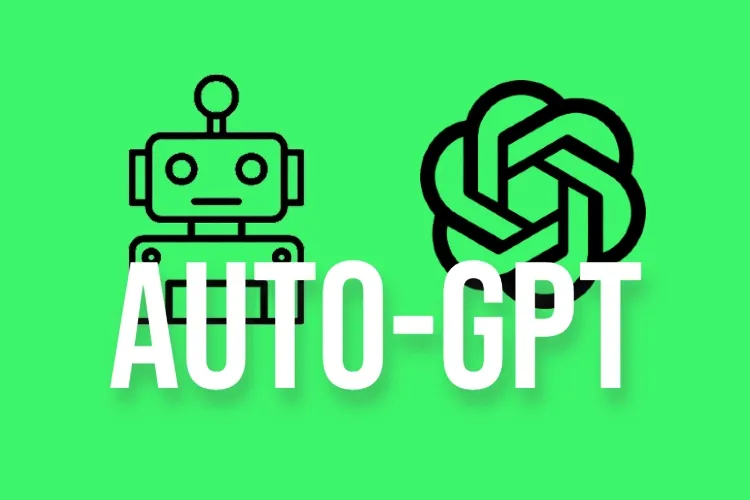
Auto-GPT key limitations
- Experimental Nature: Auto-GPT remains an experimental project. Like many AI technologies, it’s susceptible to generating inaccurate or fabricated information, often called “hallucinations.”
- Cost Implications: The expense associated with using Auto-GPT, alongside its technical limitations, poses challenges for its standalone application in large-scale production settings. The creators of Auto-GPT acknowledge this issue in their GitHub repository. However, a vibrant community on Discord and GitHub exists where developers exchange insights and developments related to Auto-GPT.
- Absence of Long-term Memory: Auto-GPT’s lack of long-term memory is another significant limitation. It typically needs to be reminded of the steps to complete a task once it has been performed. Even on occasions when it does remember, it needs more contextual understanding for appropriate application. This memory and context comprehension deficiency further complicates its ability to segment complex tasks into manageable subtasks.
Conclusion
Auto-GPT represents a leap in AI, simplifying tasks across industries with its advanced capabilities. Despite its experimental nature and certain limitations, its innovation potential is vast.
For businesses ready to explore how to use Auto-GPT and other AI technologies, TECHVIFY offers the expertise to integrate these solutions seamlessly, driving efficiency and growth.
Ready to transform your operations with AI? Contact TECHVIFY now and step into the future.
TECHVIFY – Global AI & Software Solution Company
From Startups to Industry Leaders: TECHVIFY prioritizes results, not just deliverables. Accelerate your time to market and see ROI early with high-performing teams, AI (including GenAI) Software Solutions, and ODC (Offshore Development Center) services.
- Email: [email protected]
- Phone: (+84)24.77762.666




